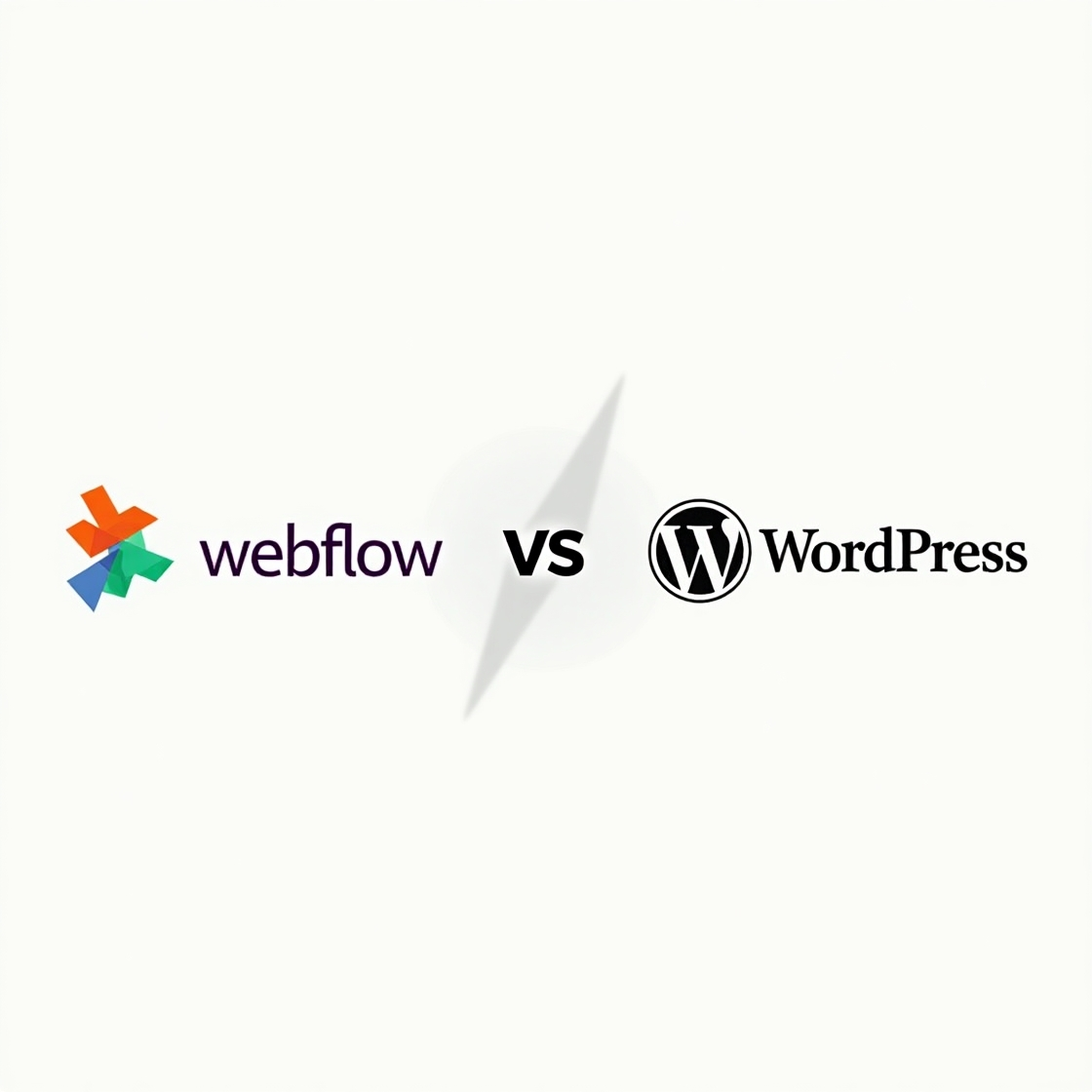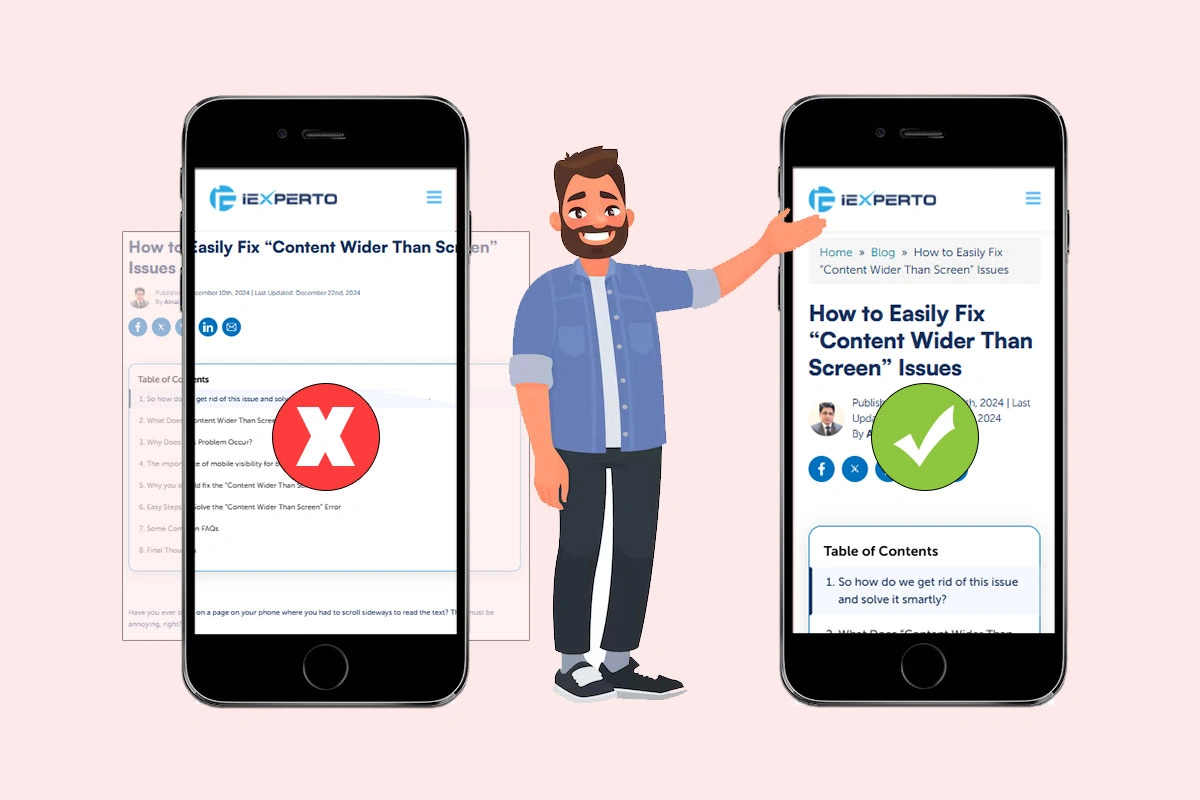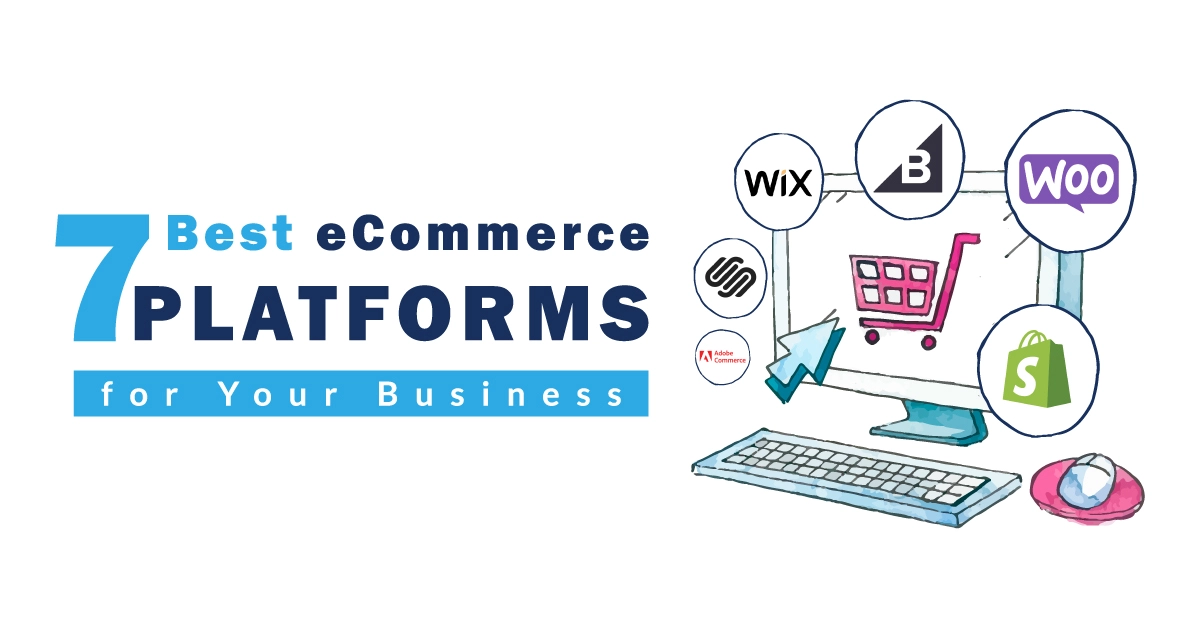10 Proven Strategies to Increase Brand Credibility
Published: December 6th, 2024 | Last Updated: February 21st, 2025
By Maidul Islam

Having a trustworthy website is key to growing your brand.
When people visit your site, they need to feel confident in your business before they make a purchase or contact you.
Without that sense of trust, even the best products or services might get ignored. In this blog, we’ll cover 10 simple strategies to help you increase your brand’s credibility on your website.
These tips will make your site more trustworthy, build customer loyalty, and boost your chances of turning visitors into customers.
Let’s get started!
What Is Brand Credibility?
Brand credibility is all about how much people trust your brand and believe in what you offer.
Think of it like a relationship—you build credibility by consistently delivering what you promise, being honest, and staying true to your values.
The more reliable and authentic your brand seems, the more people will feel comfortable choosing you over competitors.
For example, take Apple—people trust Apple to deliver high-quality, innovative products. They’ve built credibility by consistently launching reliable, cutting-edge devices and offering great customer support.
Over time, this trust turns into loyalty, and customers keep coming back, often willing to pay a premium because they believe in the brand.
So, when your brand is credible, customers will not only choose you once, but they’ll stick around and spread the word to others. It’s like having a good friend you can always count on—people appreciate that and want to stay connected!
Do you want to know what are the top qualities that a credible brand maintain over the time? Here we have compiled!

- They’re always consistent: A credible brand delivers the same level of quality every time. Whether it’s a product or service, you know what to expect, and they rarely let you down.
- They keep it real: Good brands are transparent and honest. They’re upfront about everything—no hidden fees or tricky language. What you see is what you get.
- People have great things to say: You’ll find tonnes of positive reviews and happy customer stories. If everyone’s raving about them, you know they’re doing something right!
- They’ve got your back: If something goes wrong, they’re quick to help. Great customer support is a sign that the brand really cares about its customers and their experience.
- They’ve earned some street cred: Credible brands often get recognition from industry experts or win awards. If they’re respected in their field, it’s a good sign they’re trustworthy.
Why It is Important for Brands to Boost Authority

Boosting authority is crucial for brands because it builds trust and bonding with customers. When a brand is seen as an authority in its industry, people are more likely to trust its products, services, and advice.
This trust leads to stronger customer loyalty, repeat business, and positive word-of-mouth, which helps attract new customers.
Authority also sets a brand apart from competitors, positioning it as a go-to source for solutions or expertise.
Over time, this increases the brand’s reputation, making it more resilient in a competitive market and driving long-term growth.
Builds trust and credibility
When your brand is seen as an authority, customers feel more confident in choosing your products or services.
People trust experts, and if your brand is viewed as knowledgeable and reliable, it boosts credibility, making customers more likely to engage with you.
Encourages customer loyalty
Authority strengthens customer relationships. When people see your brand as a trusted leader, they’re more likely to stick with you long-term.
Loyal customers often turn into repeat buyers and brand advocates who spread positive word-of-mouth.
Differentiates from competitors
In crowded markets, authority sets your brand apart from competitors. If you’re seen as the go-to expert, potential customers are more likely to choose you over others, even if your pricing is higher or your competitors have similar offerings.
Increases sales and conversions
Customers are more likely to buy from brands they trust. By establishing authority, you lower the barrier to making a purchase, as people feel safer and more confident spending their money with a reputable brand.
Attracts new customers
As your brand’s authority grows, so does its reach. People are naturally drawn to experts, so when your brand is known for its knowledge and expertise, new customers will gravitate toward your products or services.
Boosts SEO and online presence
Authority can enhance your online visibility. Search engines like Google reward authoritative content with higher rankings, meaning that the more authoritative your brand appears in your niche, the better chance you have of ranking higher in search results and attracting more organic traffic.
10 Proven Strategies to Boost Website Credibility

In today’s online world, having a website people trust is a big deal.
Whether you’re running an online store, offering services, or sharing content, visitors need to feel confident in your brand before they take action.
Even if you have amazing products or services, a lack of credibility can turn people away.
Here, we’ll walk you through ten simple, proven strategies to boost your website’s credibility, build trust, increase conversions, and strengthen your online presence.
1. Showcase social proof
People trust the experiences of others. Displaying social proof like customer reviews, testimonials, case studies, or even success stories helps build trust. For example, Amazon prominently features customer reviews for each product, giving potential buyers the reassurance they need before making a purchase.
Example: If you run a fitness coaching website, include testimonials from past clients who’ve successfully achieved their fitness goals. Sharing before-and-after photos or a short video from a satisfied client can also make a big impact.
2. Display trust badges and certifications
Trust badges and certifications instantly signal that your site is safe and reliable. Badges like SSL certificates, payment security (e.g., Visa, MasterCard, PayPal), and any industry-related certifications build visitor confidence, especially for eCommerce websites.
Example: On your checkout page, include security badges like “Secure Checkout” or “SSL Encrypted” so customers feel comfortable entering their payment details. Companies like McAfee and Norton provide these verification seals to increase security.
3. Ensure clear and transparent contact information
Having visible and easy-to-access contact details shows transparency. People want to know they can reach out if they need help or have questions. Offering multiple contact methods such as email, phone, and even live chat boosts credibility.
Example: Websites like Zappos make their customer support phone number visible on every page, so customers can quickly get help when needed. Adding a live chat feature for instant assistance can also improve customer trust.
4. Create high-quality, valuable content
Authoritative, useful content that answers your audience’s questions helps build your brand’s credibility. Blog posts, how-to guides, tutorials, and video content that provide real value make your site a go-to resource for visitors.
Example: Moz, a leader in SEO, consistently publishes in-depth guides on topics like keyword research or link building. Their detailed, well-researched content not only helps users but also positions them as experts in their field.
5. Use professional website design
First impressions are everything. A clean, professional-looking website with intuitive navigation builds trust instantly. Your website should be easy to use, load quickly, and work well on mobile devices.
Example: Take a look at Apple’s website. The minimalist design, high-quality visuals, and smooth navigation reflect the premium nature of their brand. This approach immediately signals professionalism and reliability to visitors.
6. Maintain transparency with pricing and policies
People appreciate straightforward, transparent information, especially when it comes to pricing. Hiding important details like shipping costs or complicated return policies can cause frustration and erode trust.
Example: Warby Parker, the eyewear retailer, clearly lists their prices and includes detailed information about their return policy. This openness helps customers make informed decisions and builds trust in the brand.
7. Highlight your expertise with an about us page
An engaging “About Us” page allows you to showcase your story, team, and expertise. It humanizes your brand and gives visitors insight into your values and what makes your business stand out.
Example: Patagonia’s About Us page not only highlights their history but also their commitment to environmental sustainability, which resonates with their audience. Including team bios, company values, or a personal story can create a deeper connection with visitors.
8. Secure your website
Security is non-negotiable when it comes to website credibility. Visitors want to know their personal information is safe. Make sure your site uses HTTPS and includes regular updates to protect against hacks or breaches.
Example: Most eCommerce sites like Shopify and Etsy prioritize security by using HTTPS, displaying padlock symbols in the browser bar, and ensuring payment gateways are secure. This visible security helps users trust the platform with their payment details.
9. Leverage industry partnerships and media mentions
If your brand has been featured in well-known media outlets or partnered with trusted organizations, showcase those partnerships. It adds a layer of credibility through third-party validation.
Example: Basecamp often highlights press mentions and high-profile clients like NASA and Nike on their homepage. These recognizable names boost trust, as people see that other reputable businesses use their services.
10. Showcase a strong privacy policy
In a time when data privacy is a big concern, having a clear, easy-to-understand privacy policy shows visitors that you care about protecting their information. Make sure it’s accessible and outlines how user data is handled.
Example: Google offers a transparent and straightforward privacy policy that’s easy to find and read. It explains exactly how they collect and use data, giving users peace of mind while interacting with their platform.
By following these strategies with real-world examples, you’ll be well on your way to establishing a credible website that not only attracts visitors but keeps them coming back and trusting your brand.
Bonus: How Top Brands Increase Their Credibility [with Examples]
Here are some of the top examples that can help you to understand brand credibility better. Also, it will help you to learn some ways of perfect implementation.
Example one: Boost brand credibility with certifications and accreditations: A proven strategy
Displaying brand certifications and accreditations is an effective way to build credibility by showcasing proof from trusted organizations.
For example, Little Spoon uses badges like USDA Organic and FDA approvals on its product pages to reassure customers of its quality. These badges can also be used on social media and sales channels for added impact.
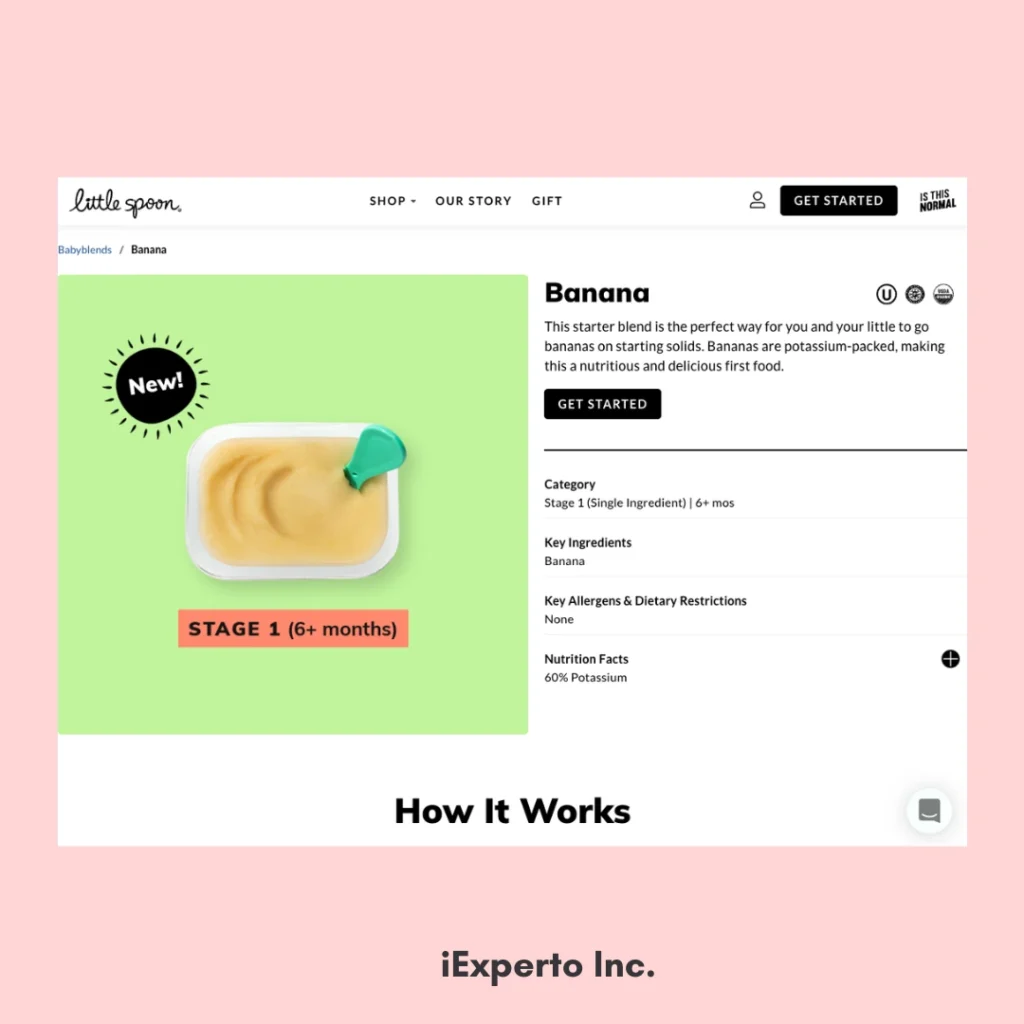
Additionally, SaaS brands like Sendoso display third-party awards and accreditations (e.g., from G2) to show that their products are verified as high-quality by satisfied users, further enhancing brand trust.
Example two: Establish brand trust through strategic associations with recognizable brands
Integrating recognizable brands into your website is an easy and effective way to build trust through association. Displaying partner or customer logos can highlight that your products and services contribute to the success of well-known brands your audience already trusts.

For example, B2B companies often use “powered by” sections to showcase partnerships with trusted service providers. Prep Center highlights its support from Aura, a well-known and trusted brand in the Amazon seller community, reinforcing its credibility.
Example three: Boost your brand’s credibility by highlighting successful customers
Another way to enhance your business’s credibility is by showcasing the success and recognizability of your customers.
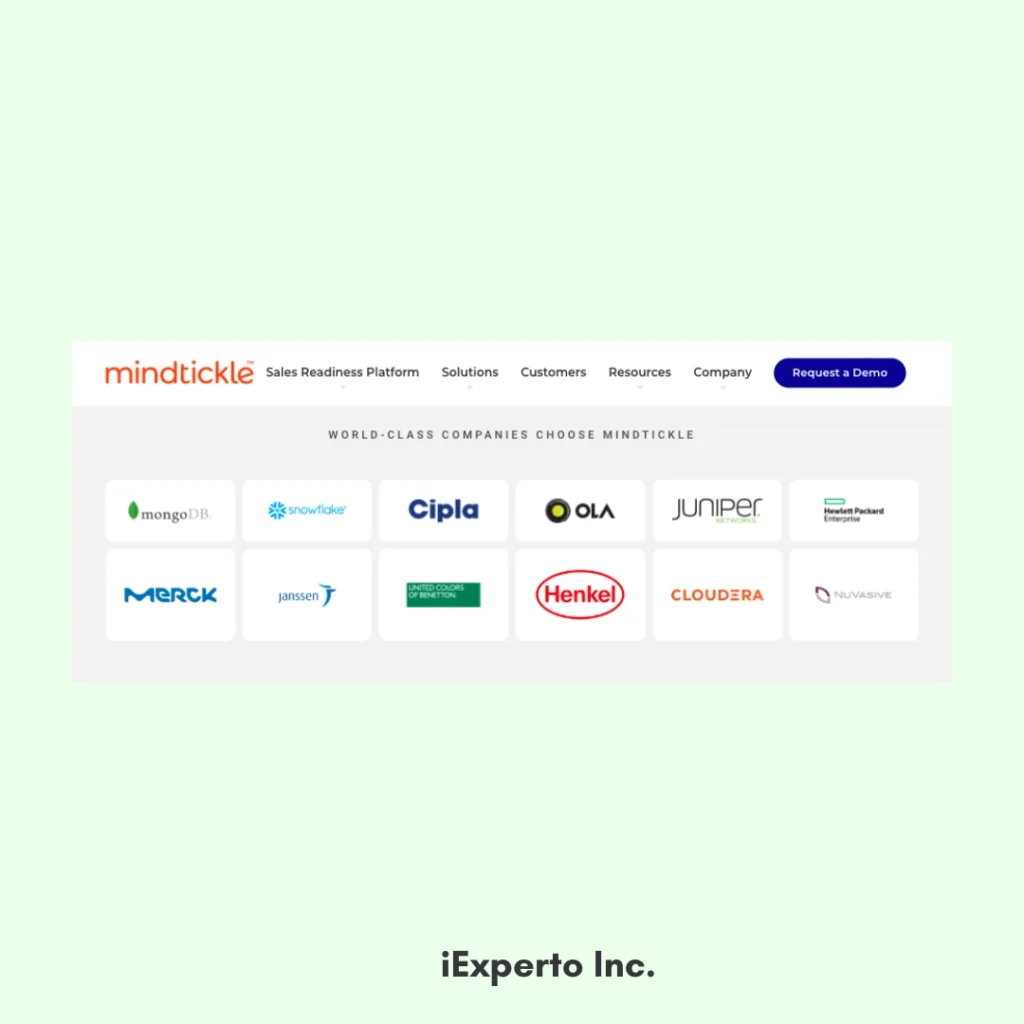
For example, Mindtickle highlights that its solution is used by “world-class companies” like MongoDB, Snowflake, and Hewlett Packard Enterprise on its homepage.
By associating with these well-known and successful brands, Mindtickle signals to its audience that top-tier companies trust its services, reinforcing the perception that it provides the best solutions.
Example four: Leverage media mentions to strengthen brand credibility and trust
Another effective way to build brand credibility is by sharing media mentions of your business or product. If your brand has been featured in reputable publications like The New York Times, showcasing these mentions on your homepage can serve as powerful social proof.
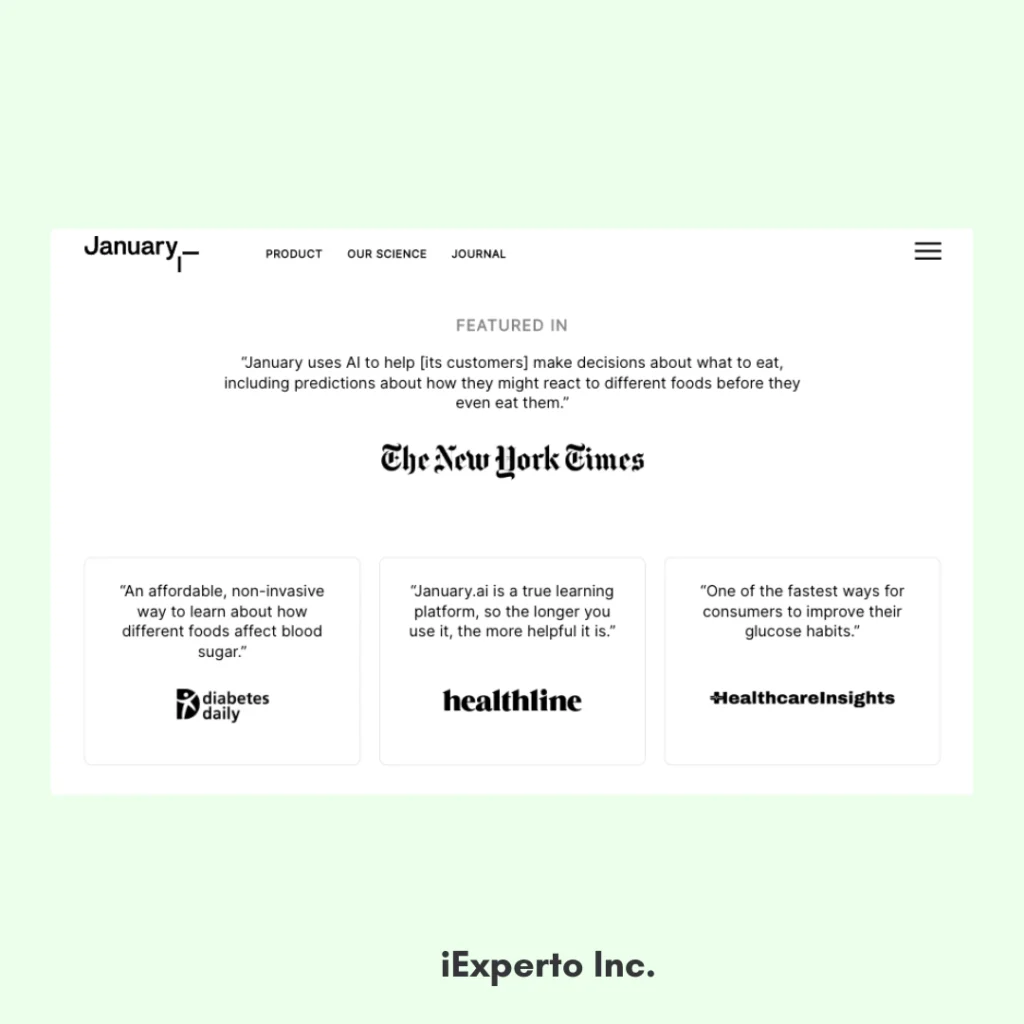
For example, the brand January highlights its media coverage to reassure its audience that its claims are legitimate and trusted by credible sources.
Example five: Enhance brand trust through transparency: A key to building credibility
Brand transparency is crucial for building trust, with 72% of shoppers considering it important, and 64% willing to switch brands for more detailed product information, according to the report.

To establish credibility, businesses should adopt transparent practices, such as openly communicating relevant details like shipping costs and additional fees. For example, the clothing brand Isto enhances transparency by breaking down the exact production costs of its garments, ensuring customers feel they are receiving a fair deal.
Example six: Strengthen brand credibility through strategic social media engagement
Social media plays a crucial role in building brand credibility by offering real-time, unfiltered communication with consumers.
According to SproutSocial, people follow brands to learn about products and services in an authentic, culturally relevant, and value-driven way.
To strengthen credibility through social media, brands should:
- Choose relevant platforms: Focus on social media channels where your target audience is most active.
- Maintain consistent messaging and visuals: Ensure that your brand’s tone, style, and appearance are uniform across all posts.
- Deliver value: Share useful content that matches the quality and insights customers expect from your blog or products.
As a part of the inspiration, these are real-life examples of how top brands utilized the strategy to increase credibility. Now it’s your turn to which way you will proceed.
Closing Insights: Are You Initiating The Strategies?
Improving your brand’s credibility doesn’t have to be complicated.
By following these strategies, like showing social proof, having a clean design, and being upfront with your policies, you’ll make your website a place people feel comfortable engaging with.
Over time, these efforts will help you build stronger relationships with your customers, attract more visitors, and grow your brand the right way.

